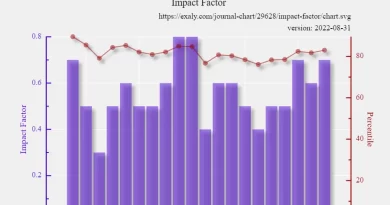What is a Learning Record Store?
With eLearning and training being introduced, companies need to store and record information about learning. It helps people understand and makes it easier for organizations to make decisions.
Earlier, learning data wasn’t stored in a planned or organized manner. It was spread across different systems in various places, and no central location existed where you could find all the information. With the introduction of cloud and other new computer technologies, that’s no longer the case.
The LRS is a new form of storing learning data. The learning record store handles storing, receiving, and providing access to all the records and has many features, and uses advanced technologies to make eLearning interesting for learners.
What Does LRS Mean?
The primary function of the Learning Record Store, as the name suggests, is “storing.” It is the central component of the x-API ecosystem. You will need an LRS to do everything on the x-API. Each tool that sends or gets data interacts with LRS. The design is such that it enables a system to retrieve x-API statements.
It also captures data in real-time from mobile apps or websites. LRS stores this data and shares it with other systems.
To understand LRS better, you need to know about xAPI. SCORM is a concept that most eLearning modules use to converse with LMSs. Even though they set the standard in 2001, how it is used in the workplace has changed significantly. The focus has moved away from learning and toward more social and hands-on learning.
xAPI is exciting because it gives you much freedom to describe the experiences and store data outside of what happens in the LMS. Before, when learners signed in to their LMS account and finished a module, organizations would only keep track of their online experiences. Today, that’s not the issue. LRS keeps track of things you do on mobile applications, websites, or even offline.
SCORM stores data as a single line of coding terms with all the spaces taken out. xAPI, on the other hand, stores experiences in a very flexible format.
This server-side part of xAPI makes it possible to keep track of and record learning and other experiences. Without the LRS, it would not be possible to keep track of performance and learning, and the experiences would not be saved. So, there is no way to separate LRS from the xAPI software.
Why Should You Go For LRS Instead Of LMS?
With the help of LMS, you can keep track of traditional learning. But, if you are in a modern workplace, you might find a mix of traditional and new solutions, so you will need LRS. Thus, organizations are taking care of both by relying on technologies like LRS.
LRS is quite valuable for the administrator to see what is happening beyond core LMS. It provides them an extensive insight into the learning behavior. They can then use this to refine the training and make informed decisions.
Conclusion
Whether you want to go for LRS or not is dependent on your goals and resources. If LMS works well for you, you do not need to switch. However, with the help of it, you can record data in a better manner. It captures a variety of data both in and out of the learning environment. Nowadays, remote training is replacing the traditional model. With LRS, one gets access to real-time data.




